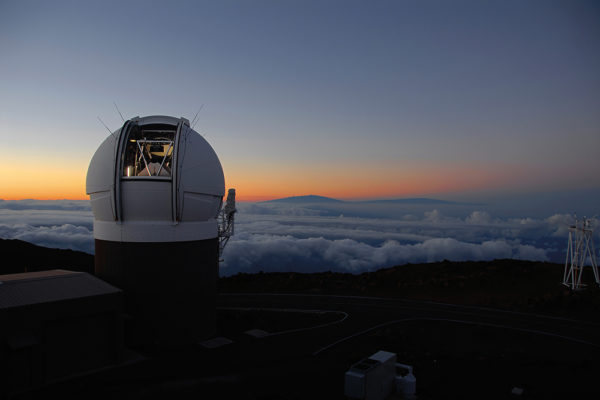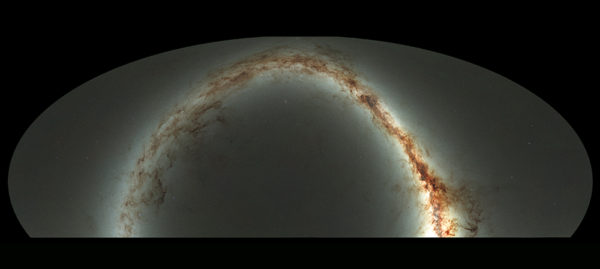“If you can’t measure something, you can’t understand it. If you can’t understand it, you can’t control it. If you can’t control it, you can’t improve it.” -H. James Harrington
If you want to observe the night sky, it’s not quite as simple as pointing your telescope and collecting photons. You have to calibrate your data, otherwise your interpretation of what you’re looking at could be skewed by gas, dust, the atmosphere or other intervening factors that you’ve failed to consider. Without a proper calibration, you don’t know how reliable what you’re looking at is.
The previous best calibration was the Digitized Sky Survey 2, which went down to 13 millimagnitudes, or an accuracy of 1.2%. Just a few weeks ago, Pan-STARRS released the largest astronomy survey results of all-time: 2 Petabytes of data. It quadruples the accuracy of every calibration we’ve ever had, and that’s before you even get into the phenomenal science it’s uncovered.



@Ethan wrote
How close are we to being able to record every photon that enters a telescope? In your other column you mention HR 8799. Three planets were first imaged around that star in 2008, but image processing algorithms get continually better. Using newer image processing techniques they were able to 'precover' the three planets from images obtained in 1998.
Even 10 years before the official discovery the hardware was already sufficient. Are we recording everything now? Could we conceivably start imaging new planets without reserving any telescope time but rather just getting access to archive data?
Depends. Already there, nearly. But not even the best black coating can capture every photon.
Not that every one is required.
And you need to consider the signal to noise ratio.
A excellent investment by the United States Air Force! Let's hear it for USAF R&D!
Gee, we are lucky to be around in such exciting times of discovery!